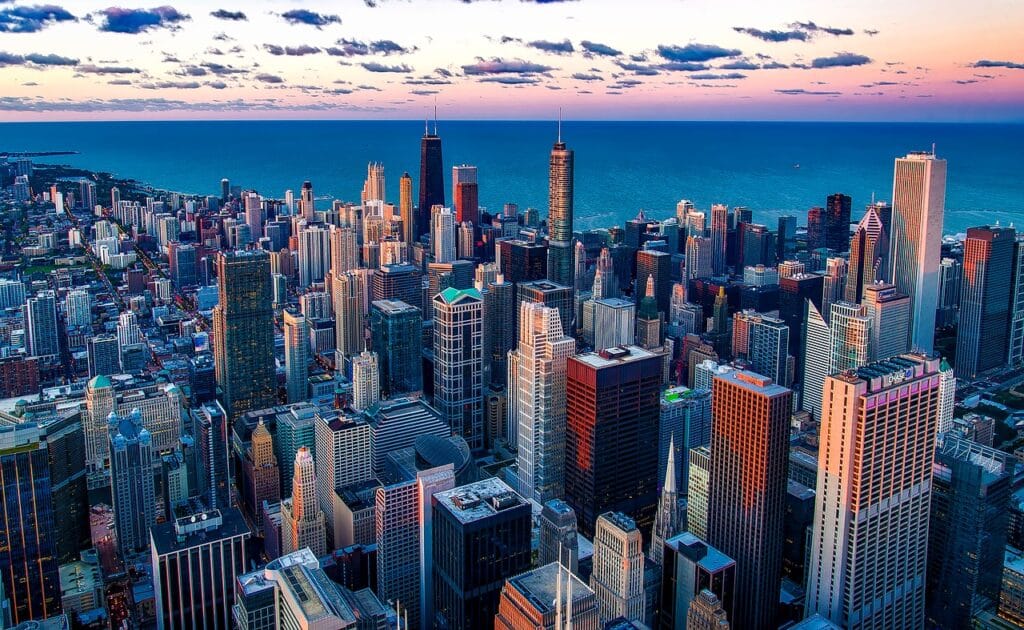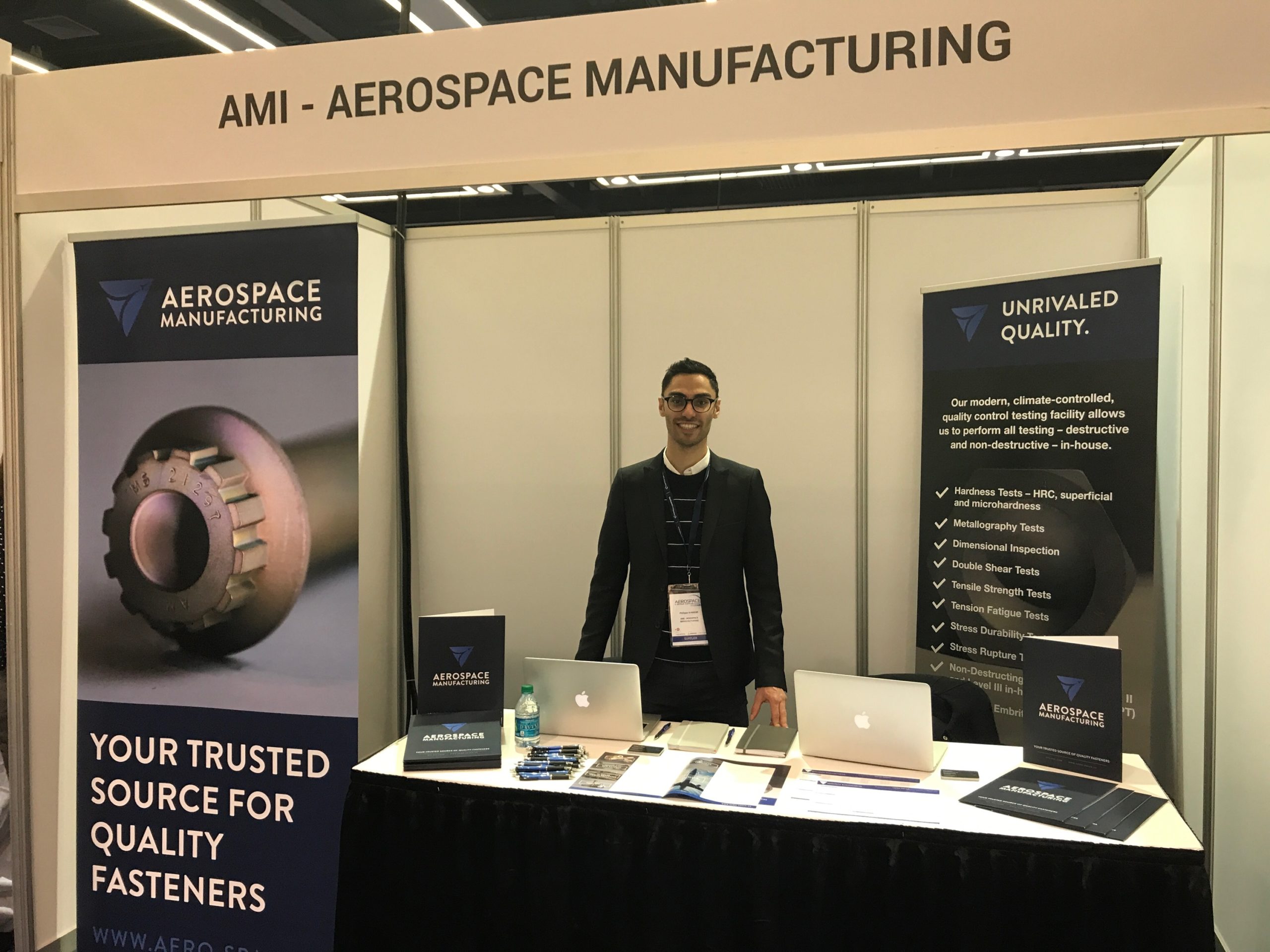Why Hundreds of WWII Fighters Sit on the Bottom of Lake Michigan
The year is 1941. The U.S. has just entered World War II after the surprise attack on Pearl Harbor. Aircraft carriers are the primary means to project power, but the Pacific Fleet is devastated. There is an acute need for pilots, but both coasts and the Gulf of Mexico are crawling with danger. German U-Boats prowl the Eastern Seaboard and the Gulf of Mexico. Japanese submarines do the same off the West Coast.
Where to train the class of U.S. pilots that would take the fight to Germany and Japan in Europe and the Pacific? How about that great inland sea, Lake Michigan. Geographic concerns overcome, there still remained a lack of aircraft carriers. All seven aircraft carriers remaining after the attacks on Pearl Harbor were needed to protect the homeland and none could be spared for training.
The solution? Two sidewheeled passenger ships, the SS Seaandbee and the SS Greater Buffalo, were hastily turned into carriers and renamed USS Wolverine and the USS Sable. Both ships were far smaller than actual aircraft carriers. The thought was that if pilots could master taking off and landing on these ships, they were more than ready for the real thing.
Between 1942 and the end of the war 17,000 aviators were trained to be fighter pilots in the waters around Chicago. Though a few carrier pilots were trained in the Chesapeake Bay, the vast majority of carrier qualifications during World War II occurred on the decks of the Sable and Wolverine. To qualify, a pilot had to make eight successful “touch and goes,” landing on the deck and taking off again. One famous pilot who earned his wings on the USS Sable? George H. W. Bush, who would go on to become a highly decorated fighter pilot and the 41st President of the United States.
Depending on who you ask, there are between 100 and 350 fighters on the bottom of the lake. Eight pilots and 40 crewmembers were killed — a low number of fatalities given the circumstances and the number of pilots trained there. Though some of the more intact fighters have been recovered (see videos below) the majority still sit on the bottom of the lake.
Notes from Seattle ADSS
It was a pleasure connecting with everyone at the Seattle Aerospace and Defense Supplier Summit. With an attendance of over 800 aerospace companies from 32 countries, we feel privileged to have met new faces and caught up with old and new customers alike! It rained and it was cold (a la Seattle) but it was still great to explore the beautiful city.
It was incredibly interesting to listen to the Boeing Supply Chain Manager and the President/CEO of Spirit Aerosystems to learn about backlogs and industry forecasting, as well as what’s happening now and what the future looks like in terms of forecast, technology and innovation. We were awed by the Boeing philosophy and were happy to learn that the industry is growing extremely quickly!
About Aerospace Manufacturing
Aerospace Manufacturing is a AS9100 and ISO:9001 accredited, QSLM approved NJ aerospace manufacturer that is trusted by industry leading OEMs and aerospace organizations like Bombardier, DLA, Lockheed Martin and NAVICP. We create high strength, close tolerance aerospace fasteners from numerous exotic materials, including Waspaloy, Inconel, Titanium and much more.
We create a diversified line of aerospace fasteners, including screws, bolts, pins, and studs. We are also licensed to manufacture Phillips aerospace fasteners.
Search our expansive inventory or launch your Custom Quote today!






